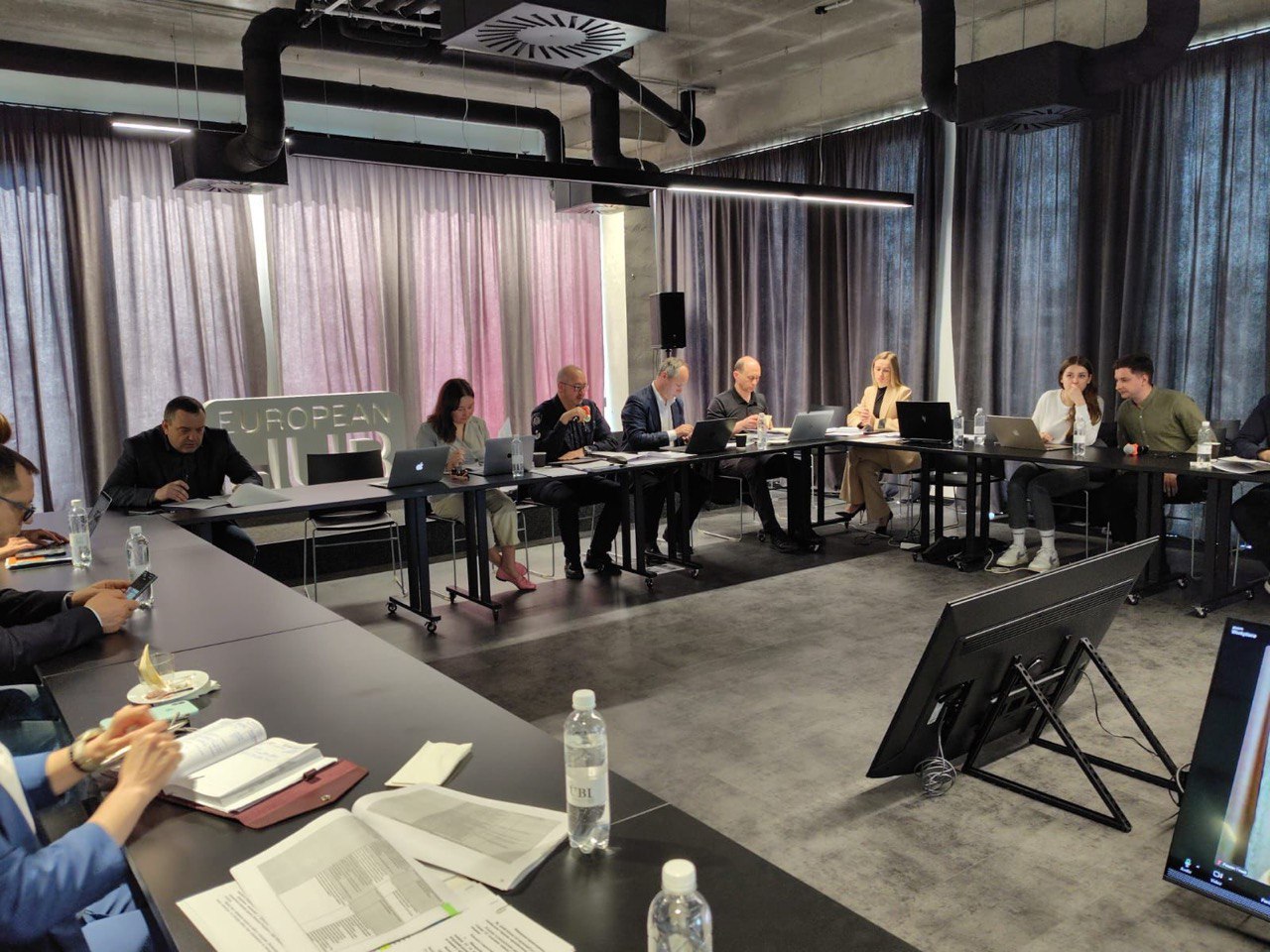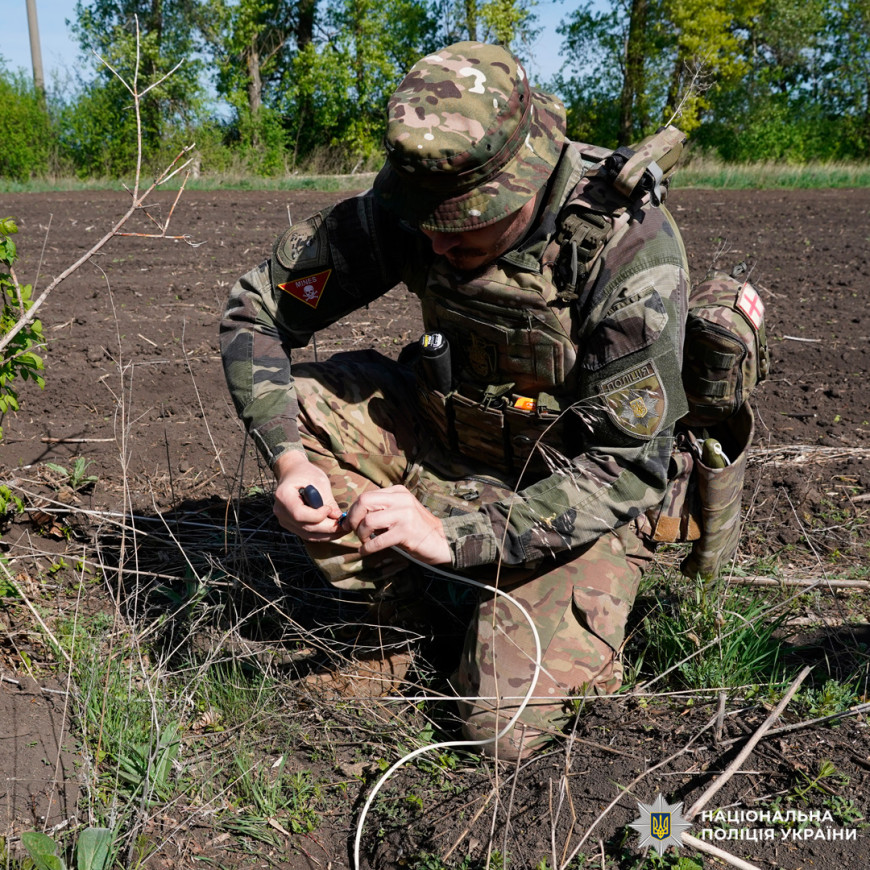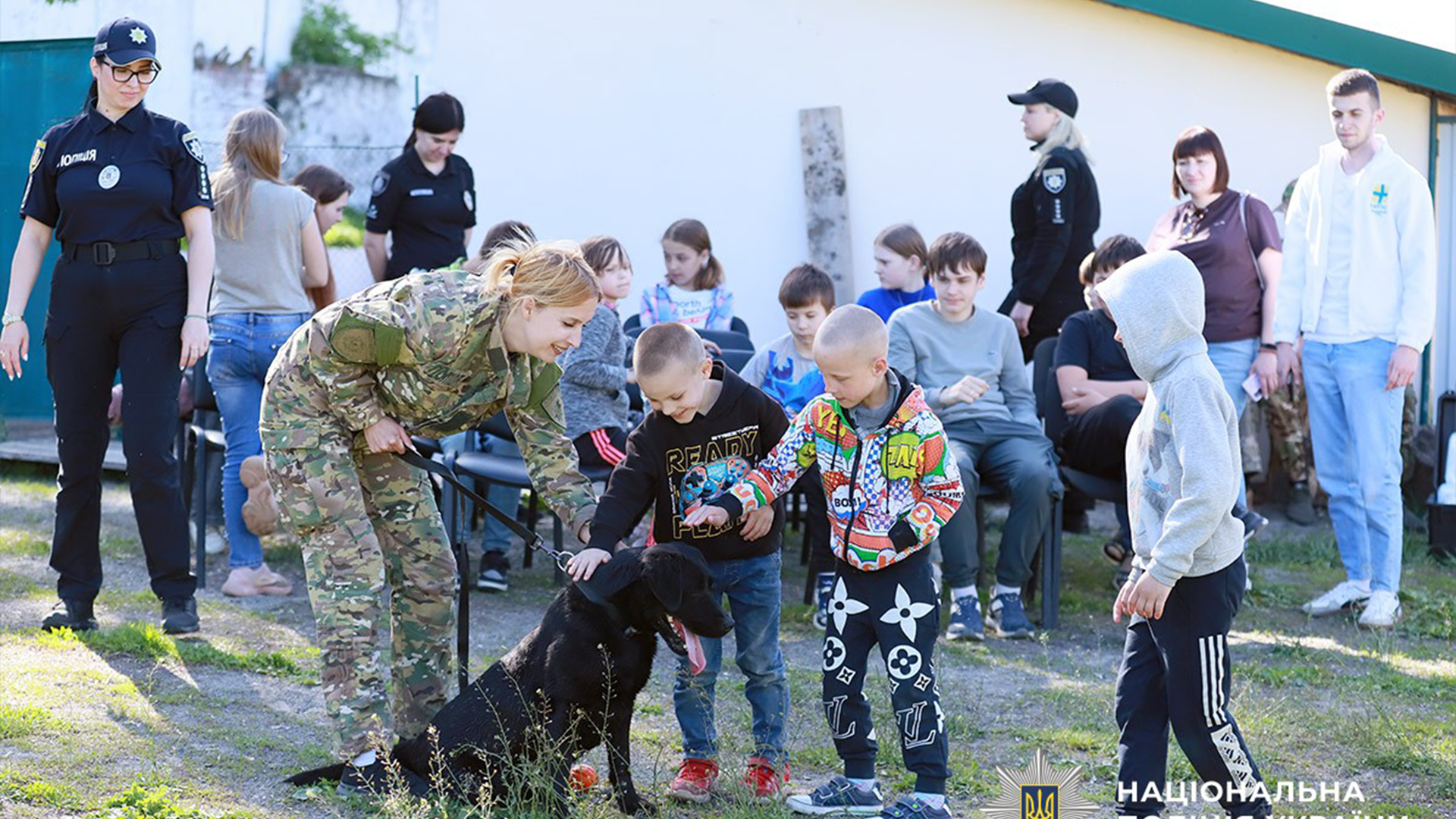As a rule, the “golden hour” saves lives: National Guard medics showed the process of evacuating brothers (VIDEO)

National Guard combat medics, risking their lives, evacuate wounded comrades from the most dangerous areas of the front. It often happens that a wounded fighter needs urgent help even before the fight is over.
In the evacuation process, every second weighs gold and these seconds amount to the so-called “golden hour” — the time between life and death, when a severely injured person needs help in the shortest possible time — up to 60 minutes in order to survive.
Doctors say that the urgency and professionalism of providing medical care on the battlefield is, although necessary, but only the first step in the process called evacuation from the battlefield.
There are a number of other factors that depend on how successful the evacuation of a sibling will be and whether it will be possible to save the life of both the injured and the evacuation group.
Speed
Speed is not only important during first aid. Often, the medical evacuation machine cannot reach the trench line or the place where the battle is going on. The last kilometer or two, a group of military medics usually overcome on foot. Both the life of the injured person and the life of his rescuers depends on the speed with which the medics reach the position and with which they return back.
Medics are most needed during battle or immediately after it. This means that entering and exiting positions often occurs during shelling or in short intervals between them. Life depends on the speed of their movement.
Courage
If the evacuation team comes under fire and there is no shelter nearby, the movement must continue. The combat medic of the National Guard Roman, senior of the evacuation group, which recently performed tasks in the Donetsk region, recalls:
“If shelling begins during the evacuation, then I have to reassure and encourage not only the wounded soldier, but also my own comrades. I said they weren't shooting at us. I tried to cheer them up and talk, because both the life of the wounded and our life depend on our courage. Either way, we had to move and the worst thing that could happen was to start panicking and getting confused.”
Physical form
Most often, a wounded fighter must first be dragged away from the position, and then, from a kilometer to two, carried to a medical transport. This requires serious physical training from combat medics. It is difficult to carry the wounded, who are often unconscious, especially if you have your own ammunition and equipment. Therefore, good physical shape is a guarantee that the medic will be able to quickly reach the positions, pull the injured person away and bring him to the evacuation transport.
Vigilance and masking
During active hostilities, the enemy conducts reconnaissance and tries to observe in real time specific positions and the area in general. Therefore, if an enemy drone is heard or seen on the horizon, you must immediately hide. Otherwise, it will not take a few minutes for the group to be covered by enemy artillery. You need to be vigilant and quickly find a hiding place from enemy intelligence.
Communication
It often happens that an evacuation group enters the position at night. During combat, especially in conditions of poor visibility, there is a great danger of friendly fire. Combat medics must be in constant contact with the unit they are approaching. You need to understand from which side you are approaching and avoid surprises. Good and constant communication reduces the risks of tragic accidents.
National Guard of Ukraine






